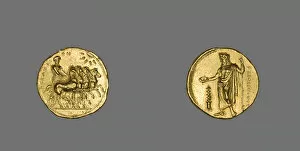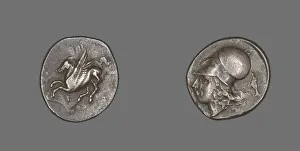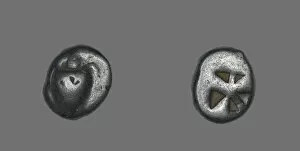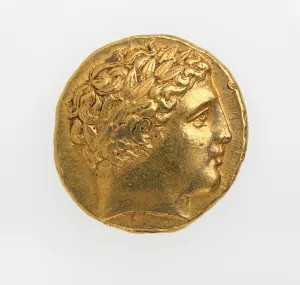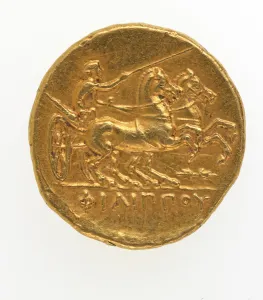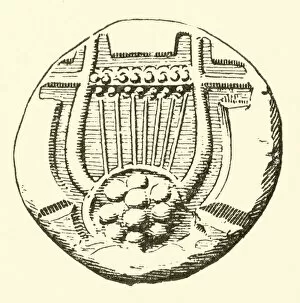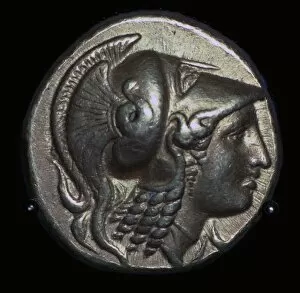Stater Collection
"Exploring the Rich History of Staters: A Glimpse into Ancient Coinage" Stater coins, dating back to various periods between 359-336 BC and beyond
All Professionally Made to Order for Quick Shipping
"Exploring the Rich History of Staters: A Glimpse into Ancient Coinage" Stater coins, dating back to various periods between 359-336 BC and beyond, offer a fascinating insight into the world of ancient Macedonia. Crafted in gold, these exquisite pieces were minted during the reign of Philip II, reflecting his power and influence. One such stater coin portrays a shield, symbolizing strength and protection. Created by an unknown artist between 379-338 BCE, it serves as a testament to the military might of this era. Another remarkable stater showcases a horseman riding gallantly across its surface. Dating from 380-345 BCE and crafted by an anonymous creator, this coin captures the grace and elegance associated with cavalry forces during that time. Intriguingly, another stater depicts a quadriga - a four-horse chariot - highlighting both skillful horsemanship and grandeur. Minted between 322-308 BCE by an unknown artisan, it represents opulence and triumph. The nymph Parthenope graces yet another stater coin from 325-241 BCE. The mysterious creator beautifully immortalized her on this piece using intricate details that evoke both allure and enchantment. A majestic Pegasus takes center stage on another stater coin dating back to 350-338 BCE. This mythical creature symbolizes freedom and inspiration while showcasing exceptional artistry despite its unknown originator. Depicting the goddess Kore is yet another captivating stater created around 330-300 BCE by an unidentified artist. It pays homage to feminine divinity while exhibiting fine craftsmanship through delicate features adorning her image. An unusual choice for imagery can be found on a land tortoise-stamped stater from 404-350 BCE. Despite being unconventional compared to other designs of its time period or creator's identity remaining elusive; it offers unique insights into symbolism within ancient cultures.



